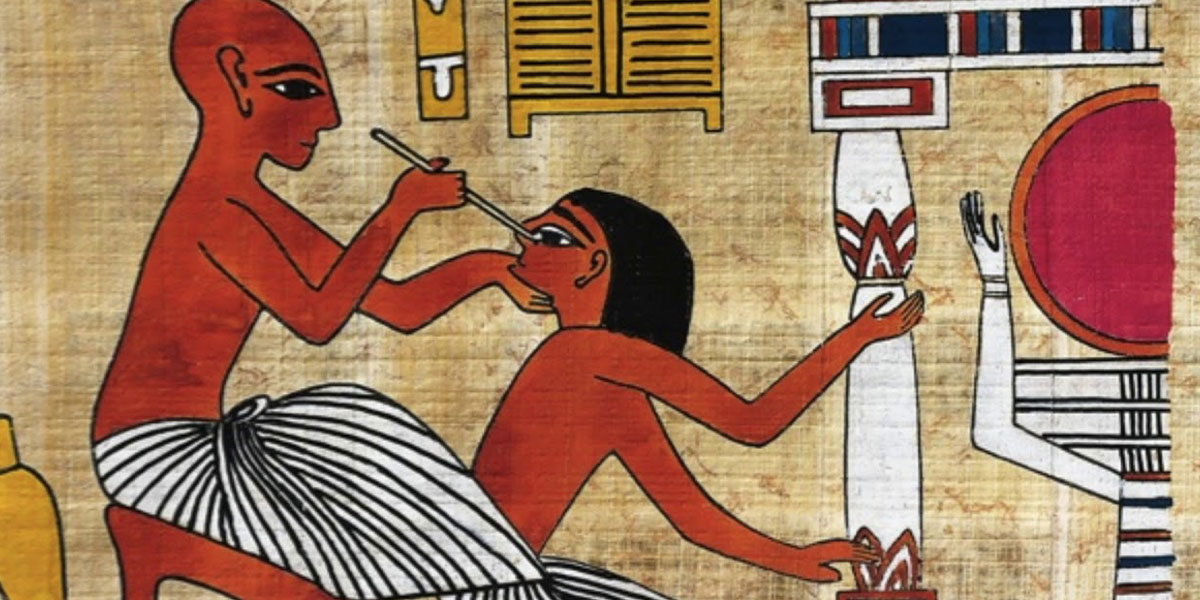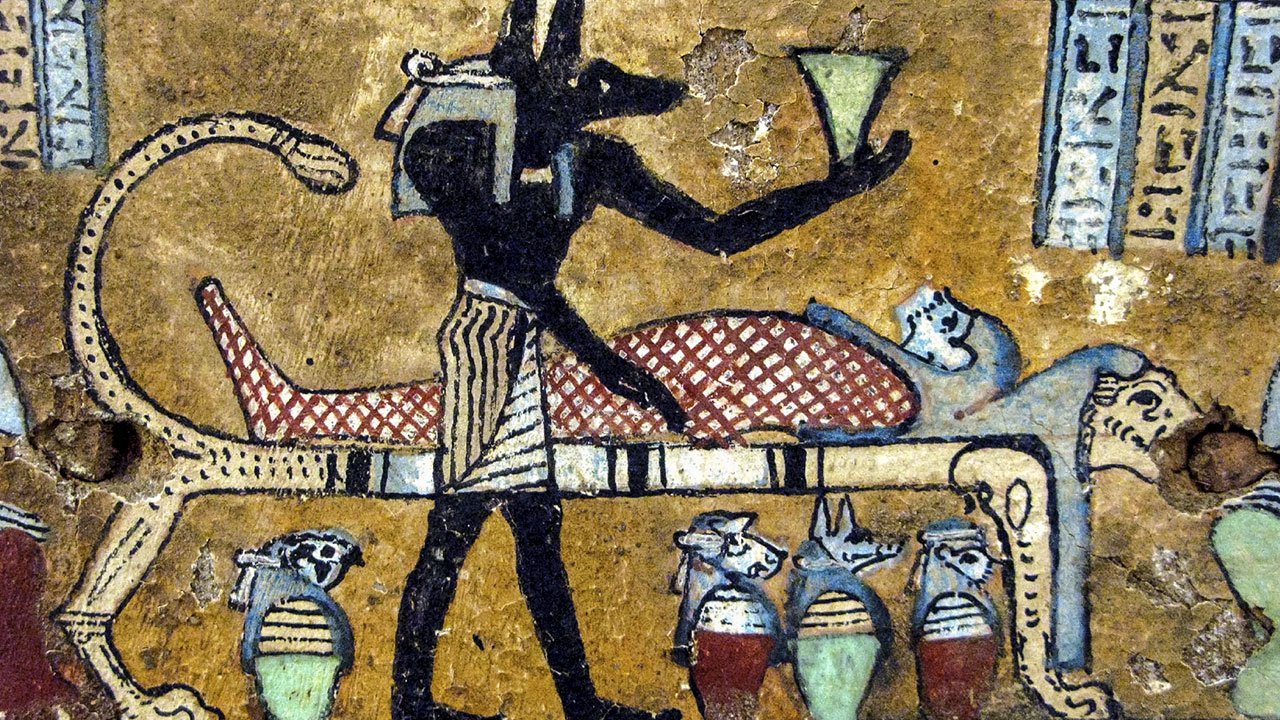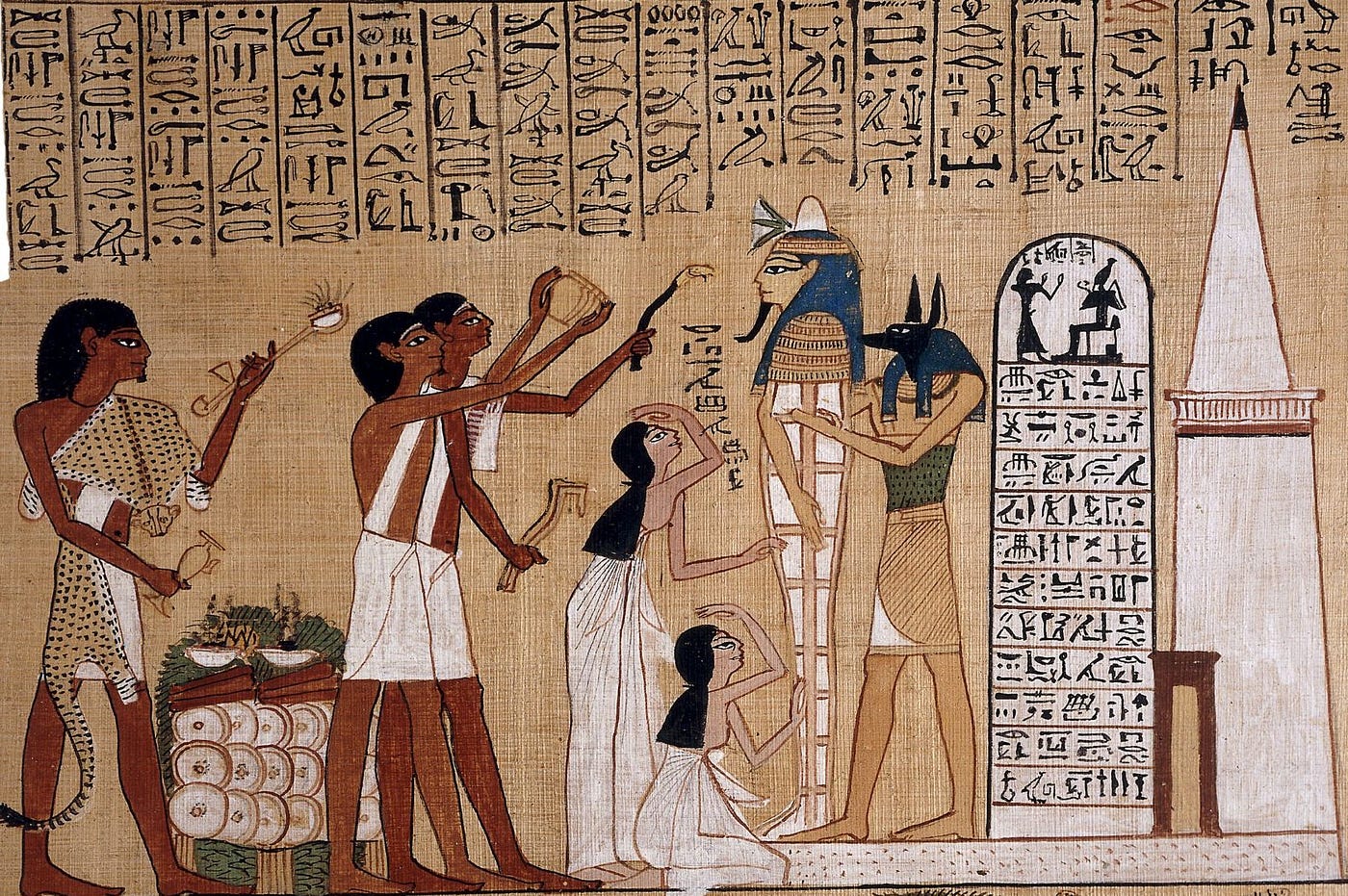Ancient Egypt is renowned not only for its monumental architecture and rich culture but also for its significant contributions to medical science. The practice of medicine in Ancient Egypt was deeply intertwined with religion, magic, and practical knowledge. Here's an overview of the key aspects of medical science in Ancient Egypt:
1. Medical Practitioners
- Physicians: Known as "swnw," these practitioners were often specialized. Some were generalists, while others focused on specific areas such as dentistry, gynecology, or ophthalmology.
- Priests: Medical practice was closely linked to religion, and priests often played the role of physicians, particularly in healing temples dedicated to gods like Sekhmet, the goddess of healing.

2. Medical Texts
- Papyrus Ebers: One of the most comprehensive medical documents from ancient Egypt, it dates back to around 1550 BCE. It contains over 700 remedies and magical spells aimed at treating various ailments.
- Papyrus Edwin Smith: This surgical text, dating to around 1600 BCE, is one of the oldest known medical documents. It describes various surgical cases and treatments, including the diagnosis and treatment of head injuries and fractures.
- Papyrus Kahun: Dating to around 1800 BCE, this text is primarily focused on gynecology, offering insight into women's health in ancient Egypt.
3. Medical Practices
- Surgery: The Egyptians were skilled in basic surgical procedures, especially in treating wounds, fractures, and abscesses. The Edwin Smith Papyrus provides detailed descriptions of surgical methods.
- Pharmacology: Ancient Egyptian medicine included a wide range of natural remedies made from plants, minerals, and animal products. Ingredients like honey, garlic, and willow were commonly used.
- Magic and Rituals: Medicine often involved magical spells and rituals. Illness was sometimes attributed to the wrath of the gods or malevolent spirits, so magical incantations were used alongside physical treatments.

4. Health and Hygiene
- Mummification: The practice of mummification provided the Egyptians with extensive knowledge of the human body. This process required detailed understanding of anatomy, which likely influenced their medical knowledge.
- Public Health: Hygiene was a significant part of Egyptian life, with a focus on cleanliness. Bathing, use of perfumes, and circumcision were common practices, reflecting an understanding of their importance in maintaining health.
5. Common Ailments and Treatments
- Infections and Wounds: Honey was used as an antiseptic for wounds. The application of bandages and stitches was common in treating injuries.
- Eye Diseases: The dry, sandy environment of Egypt led to frequent eye infections. Treatments included the use of various ointments, often made from minerals like malachite.
- Dental Issues: Dental problems were prevalent due to the gritty diet. Dentists treated issues such as cavities and abscesses, and tooth extraction was sometimes performed.

6. Influence on Later Medicine
- The medical knowledge of ancient Egypt influenced later civilizations, including the Greeks and Romans. Many of their practices and beliefs were carried forward and further developed in the medical traditions of these cultures.
Ancient Egyptian medicine was a blend of empirical practices, religious beliefs, and magical rituals. Their contributions to the field laid the groundwork for many aspects of modern medical science.


